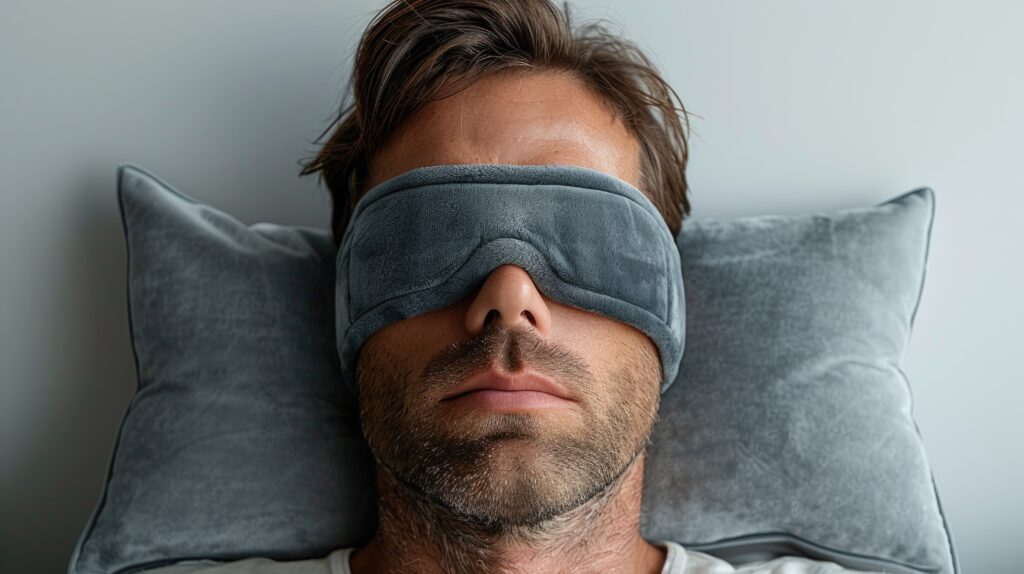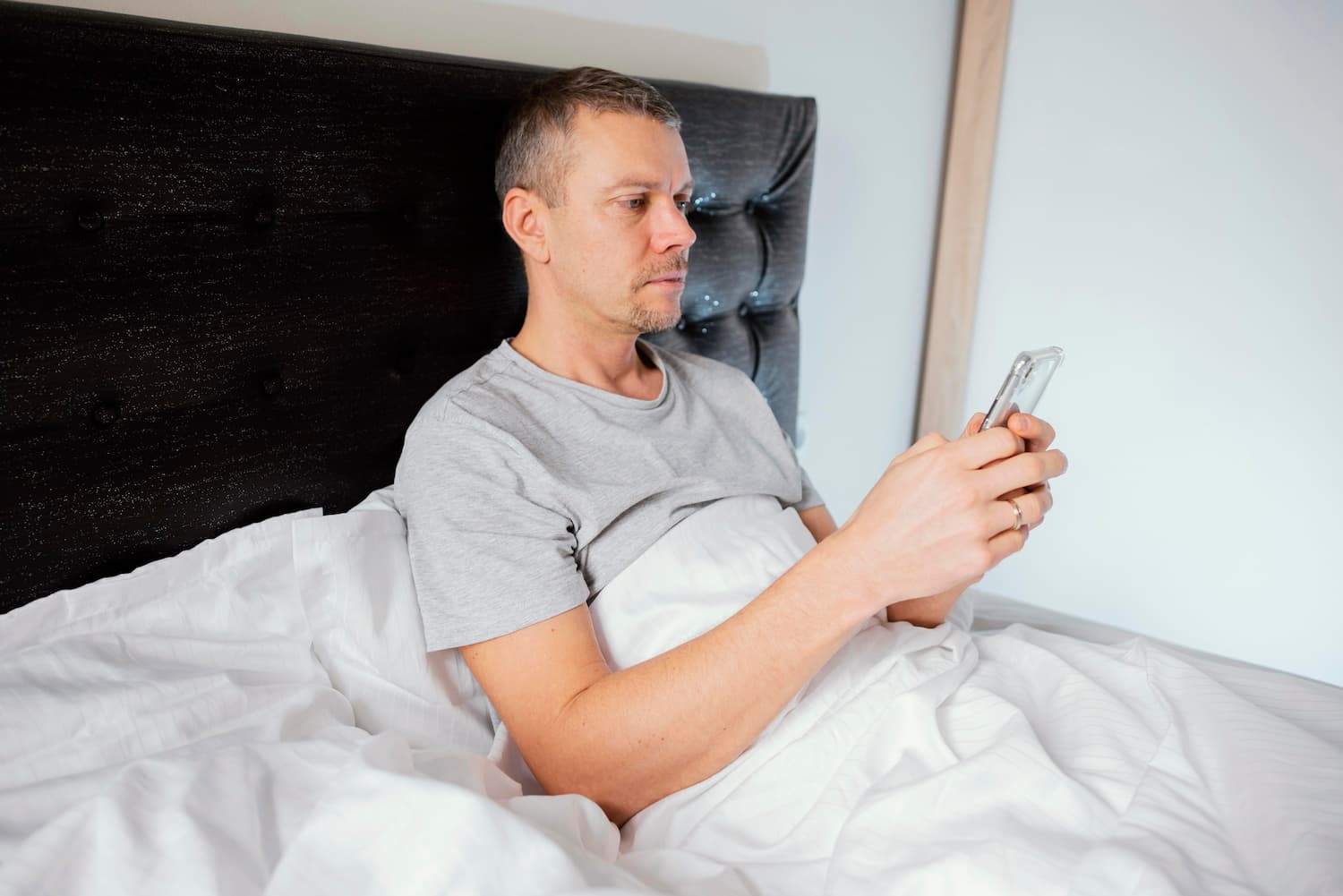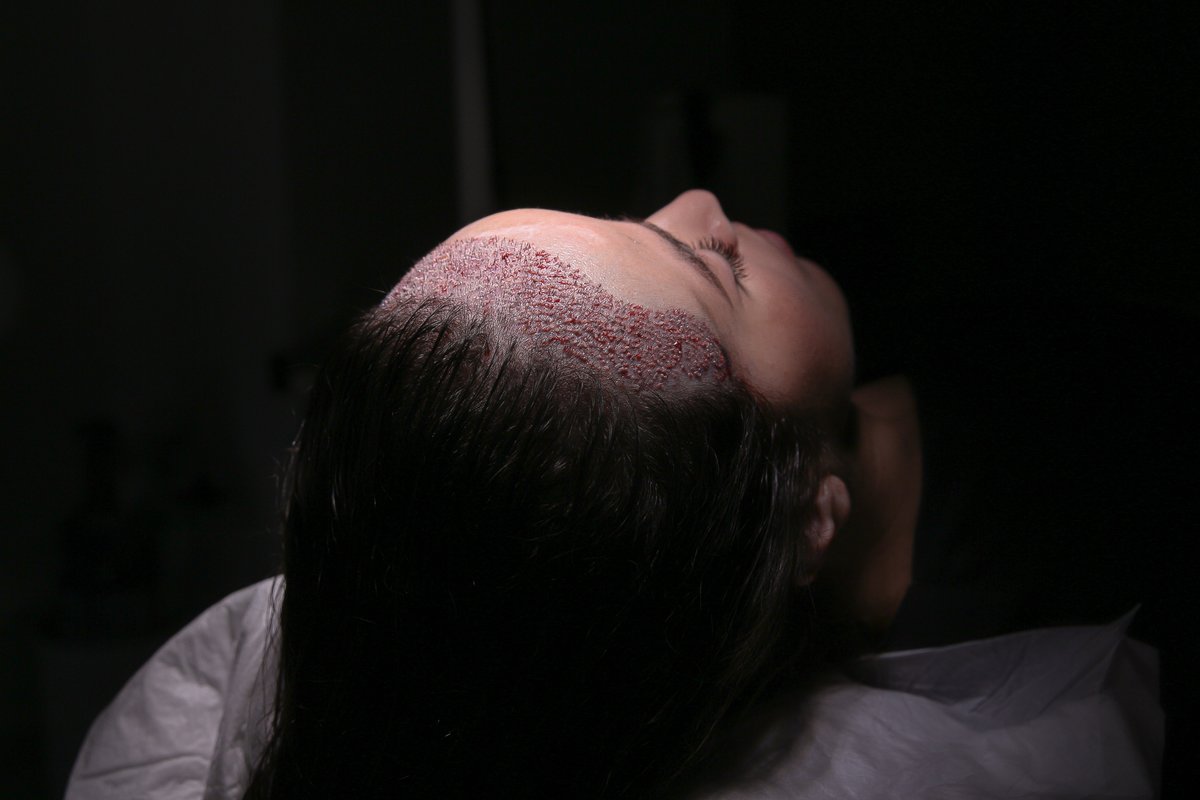Getting adequate rest after a hair transplant is crucial for ensuring optimal healing and the best possible results. During the recovery period, your body needs time to repair and regenerate, and sleep plays a vital role in this process.
Sleeping after a hair transplant
Ensuring proper sleep after a hair transplant is vital for a smooth recovery and optimal results. Following the procedure, it's essential to sleep with your head elevated, typically at a 45-degree angle, to minimize swelling and facilitate blood flow to the grafted areas. Using a neck pillow can help maintain this position and prevent accidental pressure on the newly transplanted follicles. It's recommended to sleep on your back for at least the first week to avoid disturbing the grafts. This careful attention to your sleeping posture helps protect the delicate, healing follicles and promotes successful integration with your scalp. Following these guidelines contributes to a more comfortable recovery process and supports the long-term success of yourhair transplant.

Tips for Sleeping After a Hair Transplant
Ensuring you get adequate sleep after a hair transplant is crucial for optimal healing and successful results. Here are some essential tips to help you sleep comfortably and safely during the recovery period. First, sleep with your head elevated at a 45-degree angle for at least the first week. This position helps reduce swelling and promotes blood circulation to the grafted areas. You can achieve this by using extra pillows or a recliner. Second, it's best to sleep on your back to avoid putting pressure on the newly transplanted hair follicles. Using a neck pillow can help maintain this position and prevent you from rolling onto your side or stomach. Third, avoid using heavy or thick bedding that might accidentally disturb the grafts. Opt for lighter, breathable materials. Additionally, ensure your sleeping environment is clean and free from dust to minimize the risk of infection. Lastly, follow your surgeon’s post-operative care instructions meticulously, which may include using prescribed medications or topical treatments to alleviate discomfort and promote healing. By adhering to these guidelines, you can create a conducive environment for recovery, protect the delicate grafts, and enhance the overall success of your hair transplant procedure.

The best position to sleep
The best position to sleep after ahair transplantis on your back with your head elevated at a 45-degree angle. This position helps to reduce swelling and ensures that blood flows properly to the grafted areas, which is crucial for the healing process. Elevating your head can be achieved by using extra pillows or by sleeping in a recliner. Using a neck pillow can further help maintain this position, preventing accidental rolling onto your side or stomach during the night. Sleeping on your back minimizes the risk of disrupting the newly transplanted follicles, which are highly sensitive and delicate during the initial recovery phase. Additionally, keeping your head elevated can help reduce the accumulation of fluids around the scalp, aiding in a more comfortable and swift recovery. It’s important to maintain this sleeping position for at least the first week following the surgery to ensure the best possible outcome. Following your surgeon's specific post-operative care instructions regarding sleep positioning and other aftercare measures will further enhance the success of your hair transplant and promote faster healing.

Lay flat on your back with your head slightly elevated
Lying flat on your back with your head slightly elevated is the recommended position after a hair transplant to facilitate optimal healing and prevent any damage to the newly transplanted follicles. Elevating your head at a 45-degree angle helps reduce swelling and promotes proper blood circulation to the grafted areas. This position can be comfortably achieved using extra pillows or a recliner. It's crucial to avoid sleeping on your side or stomach, as this can put pressure on the sensitive grafts and potentially dislodge them. Additionally, using a neck pillow can help maintain this position and provide extra support, preventing any accidental movements during sleep. By following this sleeping posture, you create a conducive environment for the delicate hair follicles to integrate with your scalp, ensuring a smoother and more effective recovery process. Maintaining this position for the first week post-surgery is essential to achieving the best possible results from your hair transplant procedure.
Use a full-body pregnancy pillow or U-shaped travel pillow
Using a full-body pregnancy pillow or a U-shaped travel pillow after a hair transplant can significantly enhance your comfort and support during the recovery period. These pillows are designed to maintain proper head and neck alignment while you sleep, which is essential to avoid disturbing the newly transplanted hair follicles. The full-body pregnancy pillow can be wrapped around your body, providing cushioning and preventing you from rolling onto your side or stomach. Meanwhile, a U-shaped travel pillow cradles your neck and keeps your head elevated at an ideal angle to reduce swelling and promote healing. Both types of pillows help ensure that you remain in the recommended sleeping position—on your back with your head slightly elevated—minimizing pressure on the grafts and enhancing blood flow to the scalp. By incorporating these specialized pillows into your post-operative care routine, you can improve your overall comfort, support the healing process, and maximize the success of your hair transplant procedure.
sleep in a reclining chair
Sleeping in a reclining chair after a hair transplant can be an excellent strategy to ensure a comfortable and safe recovery. The reclined position helps maintain your head elevated at a 45-degree angle, which is crucial for reducing post-surgery swelling and promoting proper blood flow to the newly transplanted follicles. This elevation minimizes pressure on the grafts, helping to prevent any accidental dislodging or damage. A reclining chair also supports your back and neck, keeping you in a stable position throughout the night and reducing the risk of rolling over onto your side or stomach. This stable and slightly elevated posture not only aids in the healing process but also helps alleviate any discomfort that may arise from lying flat. By choosing to sleep in a reclining chair, you create an environment conducive to optimal recovery, enhancing the overall success of your hair transplant. Ensuring you follow this recommended sleeping practice for at least the first week post-surgery can significantly contribute to achieving the best possible results.

Conclusion
In conclusion, proper sleeping habits play a crucial role in the successful recovery and optimal results of a hair transplant. Ensuring your head is elevated at a 45-degree angle while sleeping can significantly reduce swelling and promote healing. Using specialized pillows, such as full-body pregnancy pillows or U-shaped travel pillows, can help maintain this position and prevent accidental pressure on the newly transplanted follicles. Sleeping on your back in a reclining chair also offers a stable and comfortable environment that supports the delicate grafts. By adhering to these recommended sleeping practices, you can enhance the healing process, minimize complications, and achieve the best possible outcomes from your hair transplant procedure. Prioritizing these guidelines during the initial recovery period ensures that the transplanted hair follicles integrate effectively, leading to a successful and satisfying result.
Read More